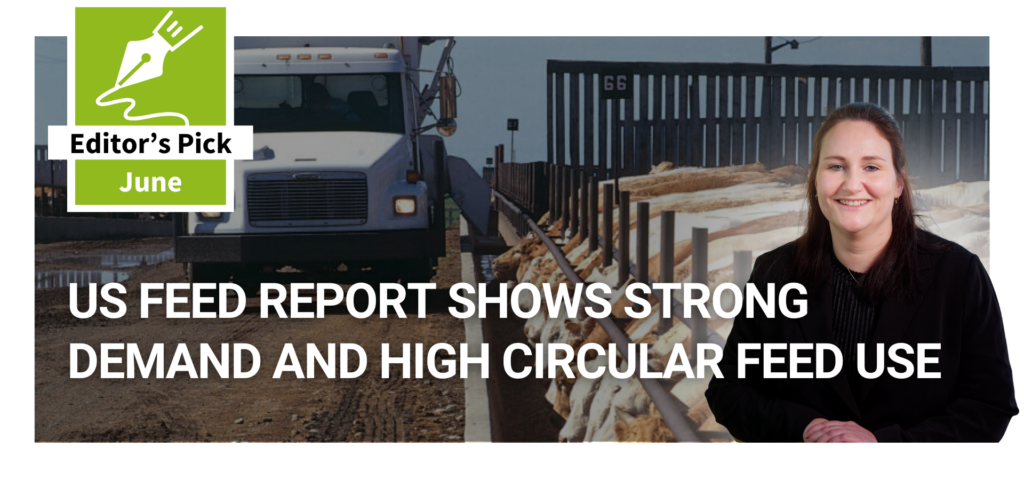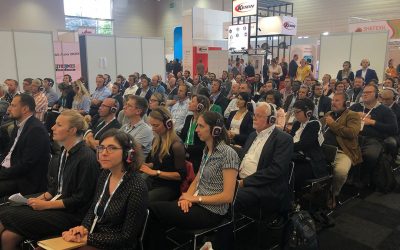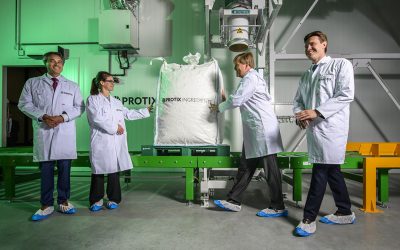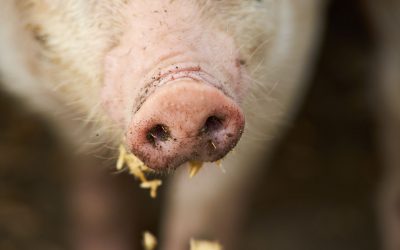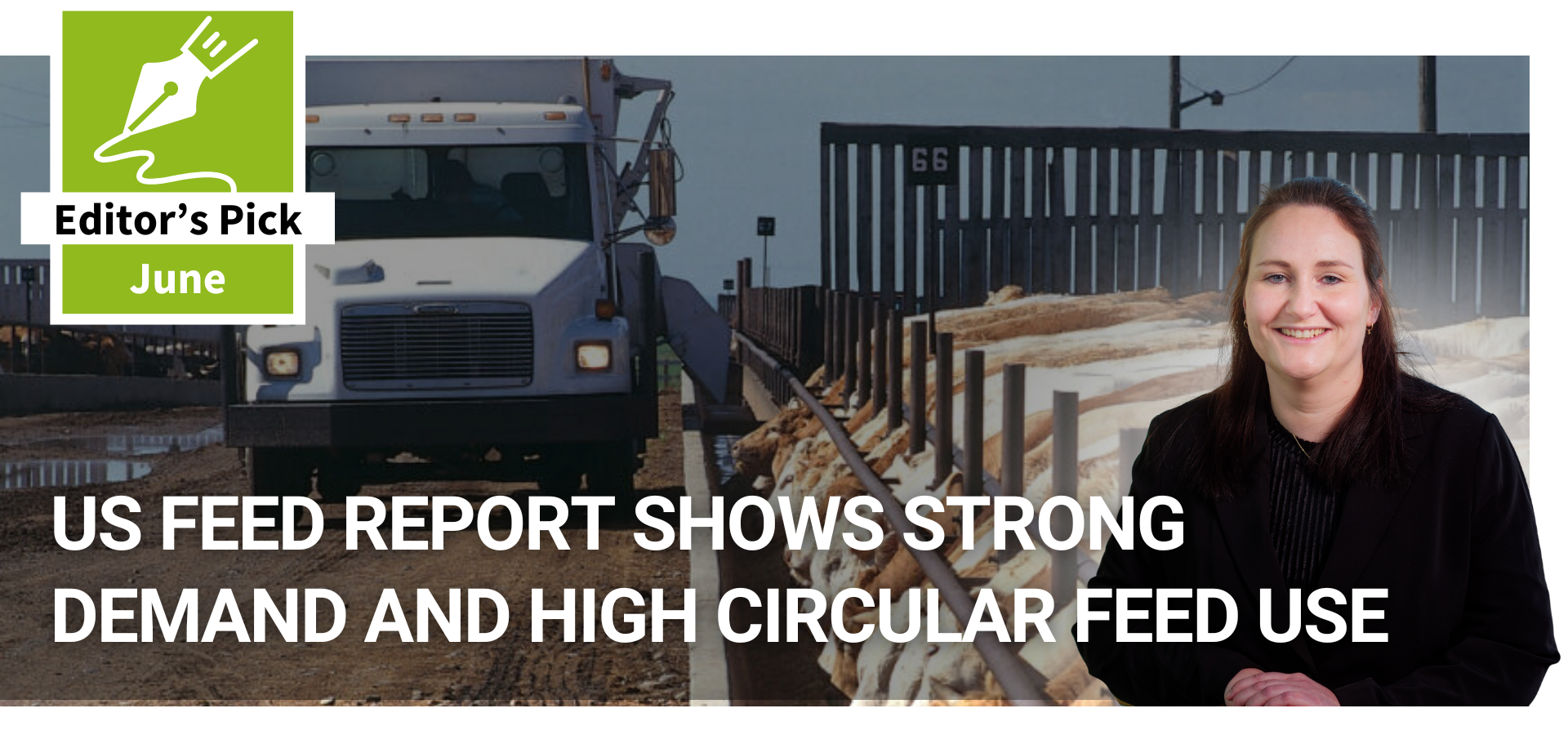“We are only at the beginning of digital farming”
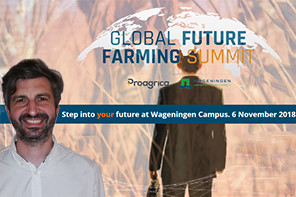
Nowadays, precision farming technologies are widely accepted in agriculture. But what are the future challenges? We spoke with Vik Vandecaveye about this.
Vandecaveye is the industry relations specialist for the Precision Solutions and Telematics (PS&T) department at CNH Industrial, a global leader in the capital goods sector that designs, produces and sells agricultural and construction equipment, commercial vehicles, specialty vehicles and powertrains. According to Vandecaveye, challenges in precision farming can be overcome by starting with a data-driven approach, where agricultural data is used to its full potential. This will enable the development of a valuable eco-system, generating added value within the whole agricultural and agri-food chain. He will speak about this and more at the upcoming Global Future Farming Summit.
What have been the major breakthroughs in precision farming?
“The biggest breakthrough in this field is definitely the development of high precision positioning systems (such as GPS), which made precision farming both possible and available to a wider audience in the early 90s. This technology enables vehicle guidance, variable rate applications, yield monitoring and yield mapping, as well as fleet management solutions (telematics). Using precision farming, for the very first time, farmers were able to accurately analyse the yields of their fields and could define which parts produced the highest yields – down to the nearest square inch – and which parcels performed less well. All in all, this made agriculture more efficient and productive in the process. According to CEMA, the European Agricultural Machinery Manufacturers Association, the precision farming adoption rate today is significant: it is estimated that some 80-90% of the tractors in the Western world is equipped with a GPS system.”
How far have we developed since?
“I think we are only at the very beginning. On one hand, there are very good examples of practice where farmers implement digital farming solutions into the whole farming cycle to increase efficiency and profitability, producing valuable data and providing more accurate information for management decisions. On the other hand, even though we see huge advances in the collection of highly diverse agricultural data, we are not using it to its full potential. In addition, for some digital farming solutions it can be an ambitious task to evaluate all possible economic benefits – compared to costs -, since new opportunities keep arising every day. However, digital farming doesn’t only mean machine-based GPS. It is also about connectivity and analytics. This means that the whole farm will be equipped with sensors, including vehicles that will also act as a sensor, that can interact with each other and capture ton-loads of data. With permission from the farmer, agronomic advisors and third-party services can use this data to provide recommendations and to further improve overall crop efficiency. Using analytical (i.e. statistical) methods, customers can derive advice based on facts, improving the assumptions and year-long experience of the farmer. Such continuous optimisation in the daily farming tasks leads to a quick return on investment (ROI). Therefore, a data-driven approach enables the development of an ecosystem, based on data, services and a solid technological infrastructure. And this will generate a notable added value for the whole agriculture and food chain.”
Does this mean that the sector will be run by advisors and consultants?
“No, I don’t think so. I always say that the eco-system has to be right to make digital farming succeed. With this I mean that data from the farmer will be shared only when the farmer chooses, and stakeholders will create value based on aggregated information. There is not one perfect eco-system. There are different models that we can think of that could work. Firstly, farmers use external agronomists to help them build a digital production system and make the most out of the information on the farm. This is similar to ICT and strategy consultants in business environments. You use their knowledge for specific tasks to improve your operations.
Secondly, farmers collaborate and start data cooperatives. In addition, best practices are quantified and shared amongst the members. The knowledge is owned by the farmers themselves. The cooperation can leverage external research organisations to further leverage the shared data source.
And thirdly, you can think of a model where farmers become an integral part of the food production chain. This is similar to the integrated supply chains we find in manufacturing and some vegetable operations. It enables supply chain variances to be brought under control. Primary producers as closely linked to the further processing down the line. It allows the whole chain to be optimised, rather than just those on farm. It also indicates, however, that farmers must trust in the control of another stakeholder in the chain. This method is only possible when value is shared equally amongst the supply chain participants, and it requires mutual trust.”
What place do developing countries have in digital agriculture?
“I see an organic growth of precision agriculture in the developed countries, although the growth can be further fuelled by increasing and more opportune government support. A few of the things that hinder the rapid implementation of new precision tools are availability of communication networks, cellular coverage, interoperability between products (sensors, platforms), user-friendliness of solutions and knowledge of the users (i.e. farmers and agronomists). But it is different for developing countries. You could say that people who are hungry won’t buy smart farming equipment, as they don’t even have money to buy food. You can question whether smart farming is just a tool to increase the abundance of food in developed nations. In the Western world, more people die from eating too much, than eating too little. But it is not that simple. The new technologies do, indeed, stem from developed countries, yet they are implemented in other countries at a later stage. Some countries even skip steps, think about cellular technologies in India. The question is how we can get new technologies to the developing markets quicker. And I think this requires more attention.”
What can attendees of the Global Future Farming summit expect from your presentation?
“I intend to make it an interactive session that goes beyond technology and looks at social and ethical elements as well. What is the impact of digital farming on society for example? I hope the attendees will have interesting opinions that will open up our minds. I am looking forward to it.”
Be part of the future, be part of the Global Future Farming Summit! On 6-7 November 2018, leading experts in the agrifood industry come together in at the campus of Wageningen University and Research Centre in the Netherlands. The programme consists of a high level summit and an experience tour. Some of the keynote speakers at the summit include: Claudia Roessler from Microsoft, Deborah Nas, professor innovation at the technical University Delft, the Netherlands; Yasir Khokhar from AI company Connecterra; Sebastiaan Berendse, director value creation Wageningen University & Research; Ros Harvey, founder and managing director, The Yield, Australia and Joris Lohman, co-founder of Food Hub. Register now to secure your seat! There are limited spaces available. |



